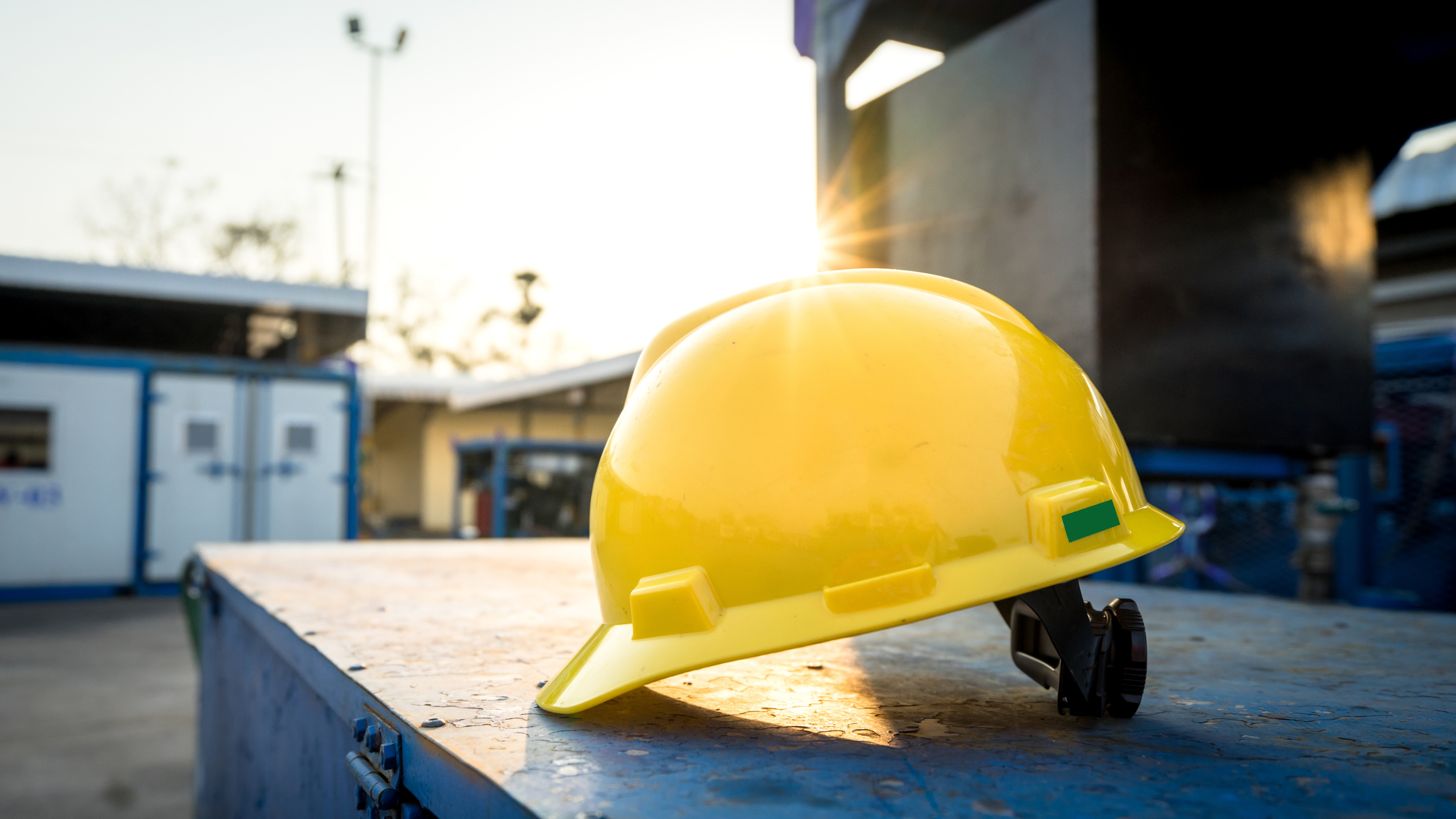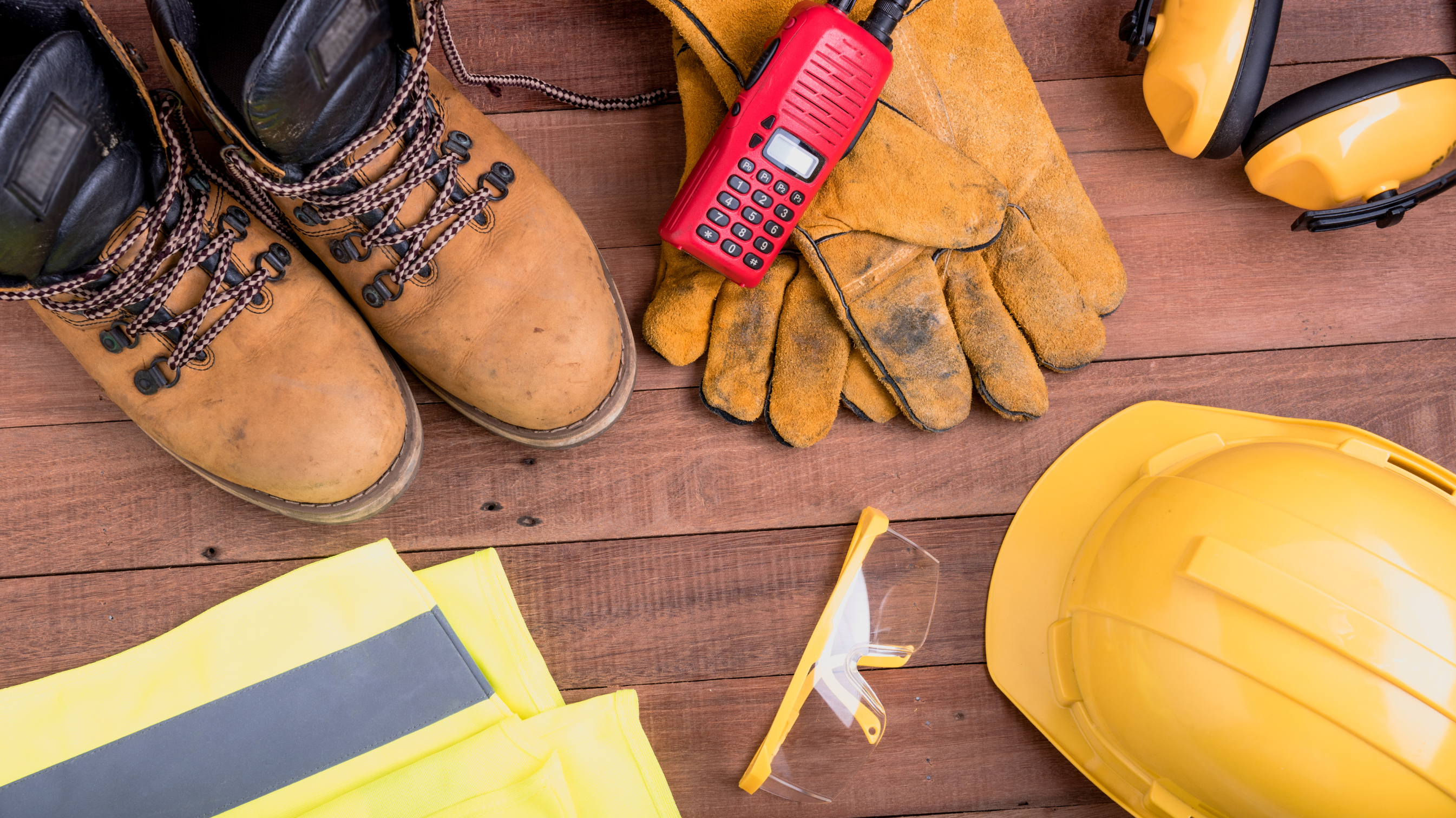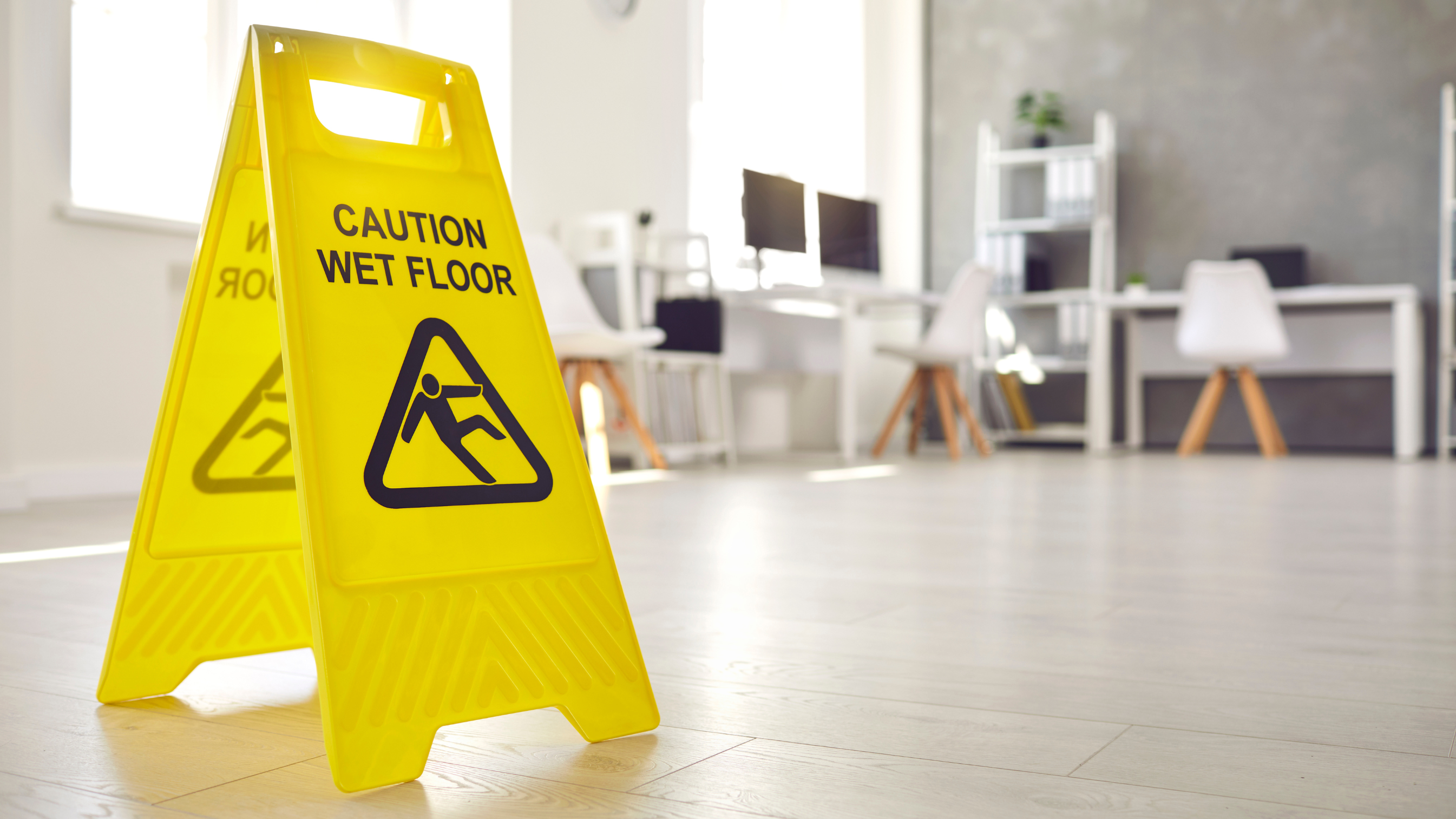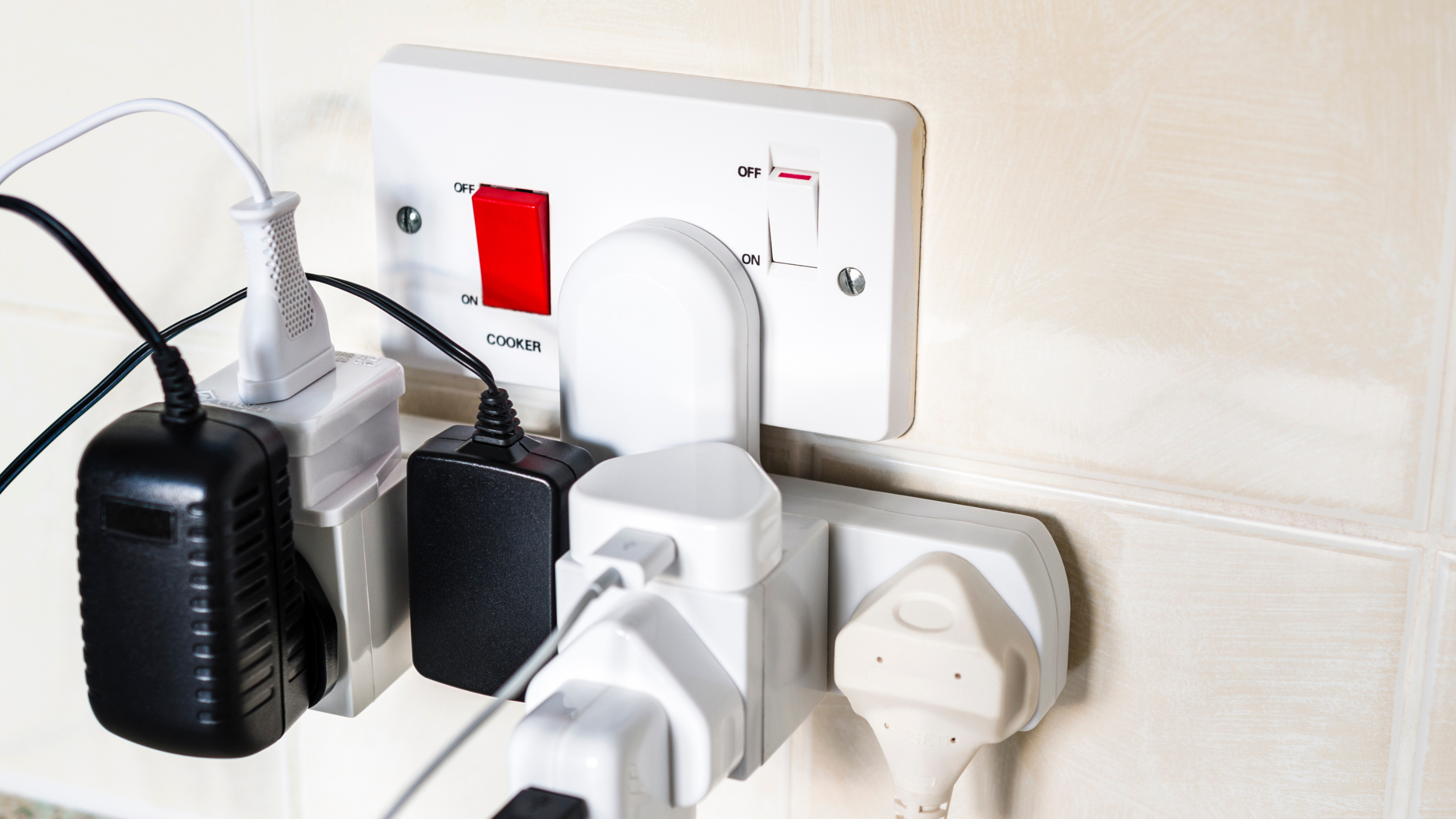PPE plays a vital role in keeping people safe at work by protecting the individual from risks that can’t be eliminated through standard risk mitigation. However, this makes it crucial to understand when and where it is needed to ensure your organisation’s health and safety practices are up to standard. So, let’s dive into it.

What is PPE?
First, let’s cover the basics: Personal Protective Equipment – often referred to as PPE, is all equipment intended to be used by a person at work to protect them from the risks present in their working environment.
This includes everything protecting you from hazards, such as high-vis clothing for conditions with poor visibility, to harnesses protecting you when working at height; no matter the severity of the risks it’s protecting you from.
When must PPE be used?
PPE must be used to ensure that any remaining risks/hazards, identified in your risk assessments, are adequately controlled, and should only be used when the risks cannot be eliminated by other means. This is due to the other means of risk mitigation being safer and more effective.
If you can avoid or eliminate the risks directly, this creates a much safer environment than applying protective measures; making PPE most suitable as a ‘last resort’ option. This is also reinforced by the HSE placing it last in its hierarchy of controls:
“Elimination – physically remove the hazard
Substitution – replace the hazard
Engineering controls – isolate people from the hazard
Administrative controls – change the way people work
PPE – protect the worker with personal protective equipment”
This makes the use of PPE necessary in high-risk environments such as construction sites, where for example, falling objects and moving machinery can’t be eliminated as a risk, making a hard hat, high-vis clothing and steel-capped shoes the minimum requirement.

What does the legislation say?
The use of PPE is covered in many different laws and regulations, however the main two safety acts are the Health and Safety at Work Act 1974 (HSWA), and the Personal Protective Equipment at Work Regulations 1992 (PPER).
The HSWA prioritises creating a safe environment for your staff with risk mitigation and training, highlighting your duty to provide the necessary equipment and the training/knowledge to achieve this. Whilst the PPER goes into more detail with the requirements:
“Every employer shall ensure that suitable personal protective equipment is provided to his employees who may be exposed to a risk to their health or safety while at work except where and to the extent that such risk has been adequately controlled by other means which are equally or more effective.” – PPER 4.1
This regulation specifies the employers’ duty to provide suitable PPE to protect the employees when any risks are unavoidable and pose a present health and safety hazard.
However, it is crucial for the equipment to be in good working condition, and critical that the staff is trained to safely assess and use the provided equipment. This is because misuse of PPE results in thousands of injuries across the UK every year.

The Importance of PPE
PPE is the crucial last step in your organisation’s health and safety, protecting from the remaining hazards in your workplace to ensure that your staff remain safe. With the right training and maintenance, PPE provides effective protection to help prevent incidents and encourage a safer working environment.





